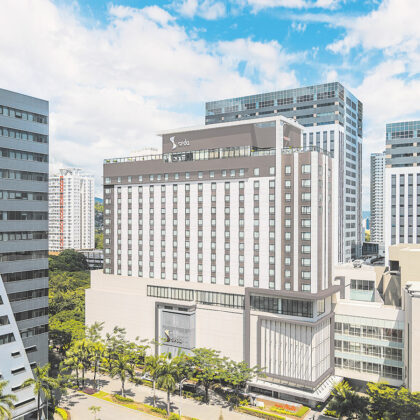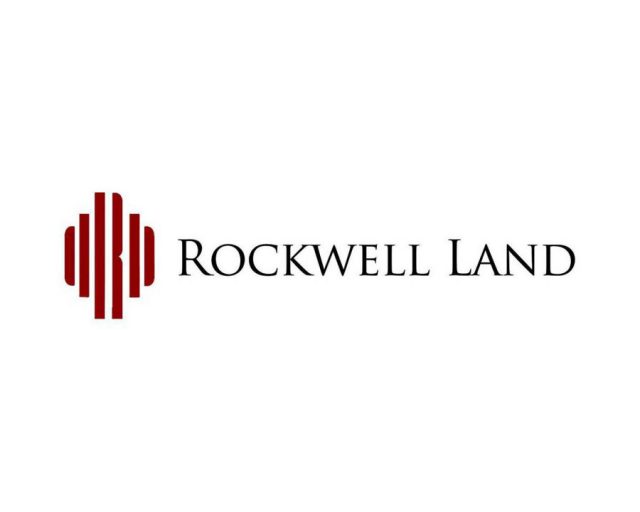By Cathy Rose A. Garcia, Editor-in-Chief
DENVER, Colorado — Businesses are facing the daunting task of seamlessly integrating various systems and processes to enhance efficiency and streamline operations amid a highly competitive landscape.
Boomi, a leading integration platform, is now taking a lead role in helping companies tackle these challenges.
At Boomi World earlier this month, BusinessWorld interviewed several company executives who shared how they leveraged the Boomi platform in their digitalization efforts.
HEB CONSTRUCTION
Heb Construction, a New Zealand-based construction company, has deployed Boomi’s intelligent integration and automation platform as part of efforts to align its operations with its parent company VINCI Construction.
Mircel Van Der Walt, solutions architect at HEB Construction, said the company was acquired by VINCI in 2015 and it embarked on an Enterprise Resource Planning (ERP) modernization project with Boomi in 2022.
The project’s complexity stemmed from the need to integrate HEB’s mature local technology investments and comply with New Zealand’s regulatory requirements.
HEB utilized Boomi’s integration platform as a service (iPaaS) to create hub-and-spoke integration patterns linking its local applications, including payroll, time sheet, inventory management, and equipment maintenance systems, with the global ERP.
“Boomi was a very large enabler in our process. Without it, I don’t think we would have been able to deliver the project,” Mr. Van Der Walt said, adding the project took 12 months.
HEB also implemented Boomi Master Data Hub (MDH) to enhance collaboration and precision in data management.
Mr. Van Der Walt said the MDH allowed HEB to manage its digital assets through three key layers: people, projects, and equipment, and ensured accurate and timely data integration.
“This comprehensive data management is crucial for our AI (artificial intelligence) initiatives, as effective AI implementation requires robust information architecture. With Boomi, we are now prepared for this digital transformation,” he said.
Asked what Boomi’s most valuable features for the organization were, he replied: “Master data management, I must say, stands out for us. It’s something we use heavily. The other would be the speed at which you can deliver. That’s very important.”
AUSTRALIAN RED CROSS
For the Australian Red Cross (ARC), it embraced the opportunity to transform its operations and create a new digital spine with the help of the Boomi platform.
“We started with a bit of a spaghetti mess. We have a lot of legacy platforms, so probably about 240 legacy platforms… We had a limited amount of funding, so we had to focus on the things that really made a difference,” Brett Wilson, chief information officer of Australian Red Cross (ARC), said.
Mr. Wilson said ARC was already using Boomi when he came in three years ago, but it wasn’t being used as a strategic tool.
Since then, ARC has replaced seven systems, including human resources, finance, and risk management, within the last 12 months.
“Now we’ve got a system where we’ve got everything in one space… The key thing is here is Boomi really helped and it was that brain that brought everything together,” he said.
Automation is also one of the key technologies that ARC has been looking at in the last year.
“As a sort of conservative estimate here, we saved around about 451 days just within this one process, using automation,” Mr. Wilson said.’
Mr. Wilson said the ARC is ahead of the curve in terms of digital transformation in Australia.
“I think a lot of other national societies are looking to us, saying ‘well, how do we learn from that experience,’” he said.
AI is also a part of the ARC’s strategy. “We see it as an amazing opportunity to do a lot of things but also change the way that we operate,” Mr. Wilson said.
WORLD WIDE TECHNOLOGY
World Wide Technology (WWT) tapped Boomi’s API management, integration, and Master Data Hub for its digital transformation.
The global technology solutions provider adopted Boomi’s managed services eBonding system, which led to the “automation of key processes, enhanced collaboration, and improved decision-making capabilities, all facilitated by Boomi’s low-code platform.”
“I felt I could build things more rapidly with Boomi. And as I expanded, I saw they had other avenues like API management, like Master Data Hub that we could expand into,” Ken Maglio, principal architect at WWT, said.
“I’m glad we chose this because of all of the other technologies that they’re now all the AI stuff they’re getting. So it’s going to be very self-fulfilling as far as the right choice is concerned.”
WWT had early access to Boomi GPT, which Mr. Maglio said is good tool “if you’re new to Boomi or if you’re starting the digital transformation journey.”
He is particularly excited about the Boomi Agent Garden, which was unveiled during Boomi World. Boomi has described the AI agent framework as “a set of integration and no-code development capabilities that enable business and IT users to run AI agents built by Boomi or Boomi partners, and to build and run their own AI agents.”
“I like the whole concept of these agents and the Agent Garden and having these plug-ins and having these pieces of AI, whether they’re generative or just the traditional machine learning… So, we are able to have an ecosystem and a plug-in to all of the data and all the processes and integrations that we are dealing with today, that’s exciting,” he said.
“Because I don’t have to go build that. I don’t have to go and build an AI system. I now just get it with the (Boomi) platform.”

















